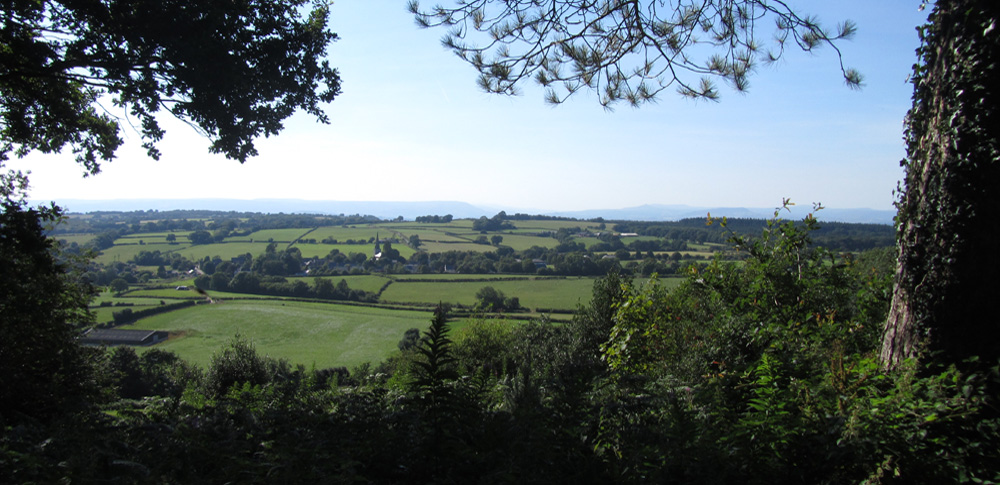


Imbolc is traditionally regarded as the first day of Spring. Life is beginning
to stir again.
The Celtic festival of Imbolc or Imbolg - pronounced without the 'b' sound
- is sometimes known as Oimelc, means 'ewe's milk' - named due to the birth
of the first lambs at this time, and celebrates the return of fresh milk.
Sheep are earlier with their offspring than cattle, because they could crop
lower for grass and so thrive on the sparse vegetation in late winter. Cattle
would calf around March.
Bulbs are beginning to shoot and new lambs are born - the cycle of new life
returns to the earth. Imbolc marks the rebirth of nature and fertility. It
is the celebration of the gradual dawning of increasing light, bringing nature
to life again.
Nature is awakening from her winter rest - the long winter darkness begins
to break as the daylight hours begin to get longer. Christians celebrate this
festival as Candlemas.
Maiden
Imbolc focuses on the Goddess, both as Mother - as she gave birth to the Sun
God at the Winter solstice, and as the Maiden. Brigit was originally considered
a form of the Triple Goddess.
Imbolc is a feast dedicated to the Goddess in her maiden aspect, in her guise
as Brigid, Bridget, Bride, Brighid, Brigit or Brig - goddess of learning, poetry,
prophesying, craftmanship, agriculture and healing. Imbolc is considered a
traditional healing time and it is a good time to consider ways to improve
your health.
Brigid is the virgin goddess who brings new life to the earth. She is known
as Bride in Scotland - pronounced Breed - which is the origin of the word 'bride'.
Imbolc is also known as Bride's Day. She was christianised as St. Bridget of
Kildare, the patroness of sheep and fertility, and she was also known as the
'Mother of Ireland'.
Briget's Cross is woven from corn and consists of four arms that meet to form
a square centre - a fire wheel.
Traditionally, on this day candlelit processions were led to St. Bridget's
holy shrines - wells.
Imbolc Traditions
Imbolc is a 'fire festival'. particular attention was paid to the hearth fire and keeping it alight.
A celebratory dish used to be made from the new lambs' docked tails.
Bridie dolls are made out of a sheaf of oats and dressed in women's clothing, and then ritually buried in the earth as a fertility rite. Another custom was to place the doll in a 'Bride’s bed' of woven wheat, like a basket, which was placed near the front door, or sometimes near the hearth. A white candle was burnt nearby all night.
Spring cleaning comes from the habit at Imbolc of getting rid of unwanted
clutter and preparing for the new season, physically and mentally.
Now is the time to finish old habits and make a fresh start, and realise the
world is full of new opportunities.
Imbolc is a time of optimism and for making new plans for the sunny days ahead. Plant the seeds of your plans now and tend them so they mature into your hopes and dreams. Now is the time to renew your New Year resolutions.
All information is a public resource of general information, which is intended be accurate, complete and up to date but is not guaranteed to be so. Your use of information on the Web Site or materials linked from the Web Site is at your own risk. This site carries externally created advertisements, the content of which is beyond our control and which should not be taken as being recommended or endorsed by us. By using our website, you agree to the use of cookies. This site is operated by Definitive Web. All content, information copyright Definitive 2001 - 2018.